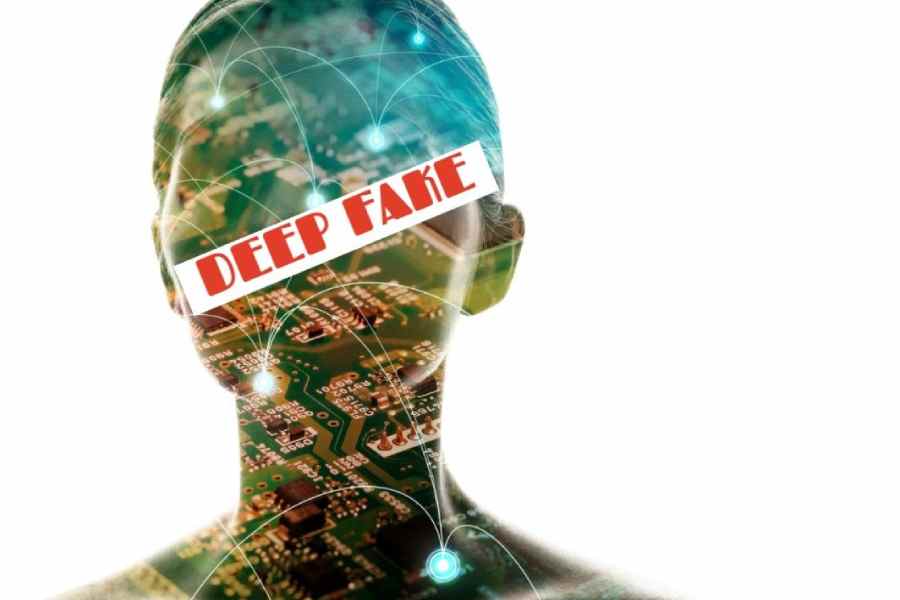The American filmmaker and composer, Robert Rodríguez, had stated, “When you take technology and mix it with art, you always come up with something innovative.” But could deepfake — powered by machine learning and Artificial Intelligence — as art be an exception? Deepfakes of celebrities are going viral. The euphoria regarding the capacious potential of AI is being tempered by ethical concerns. An epistemological shift seems to be lurking in the world of art, culture and communication.
As the new lexicon in the fields of digital art, creativity and culture, deepfake provides ample opportunities for audience engagement. AI-generated synthetic media is catching on in entertainment, film production, and other forms of artistic expression in unprecedented ways. However, the art driven by AI can also be terrifying. The exploitation of deep learning by the new technology is leading to the generation of noxious art forms.
From the ancient cave paintings of Lascaux to the Renaissance masterpieces of the Uffizi, art has constantly mirrored social developments and technological advancements. From the invention of oil painting to the emergence of photography, the fusion of technology with creativity has given rise to groundbreaking artistic movements. Similarly, the intersection of AI and art that is at a transformative moment is offering unprecedented possibilities of creative expression.
Many deepfakes are entertaining; some are even helpful. Deepfake videos can bring galleries and museums to life. The Dalí Museum in Florida houses a deepfake of the surrealist painter to present his art to visitors. In the entertainment industry, this technology can be used to improve the dubbing quality of foreign films or, more controversially, resurrect deceased actors. Yet another attribute is AI’s potential to democratise the art space. An inclusive art landscape can be created with the help of AI in which anyone with a vision can have the means to be creative. Little wonder then that video artists are using deep fakes to playfully rewrite cinema history by reinterpreting a canonical film.
But the rise of synthetic media is changing our relationship to creative works. In an era dominated by digital advancements, deepfake technology has unveiled a new frontier fraught with ethical, social, and political implications. Deepfakes and hyper-realistic manipulated videos or audio recordings generated by AI algorithms have the potential to alter the world as we know it. This rapidly evolving technology, while harbouring the promise of innovation, also raises profound concerns regarding the erosion of truth, privacy, and trust. Deepfakes have the power to deceive, manipulate, and sow discord. Politicians, celebrities, and ordinary citizens can fall victim to malicious intent. Critical issues of authenticity, cultural sensitivity, economic impact and audience manipulation are emerging as AI-based tools begin to gain prominence in the world of art.
There is a need to strengthen media literacy to tackle deepfakes’ deleterious impacts. Media literacy is the most effective tool to combat misinformation. We must all take the responsibility of being critical consumers of online media content and pause and reflect before sharing content on social media.
As technology continues to advance, society must adapt and fortify itself against the misuse of technological innovations. The battle against deepfakes is not just a technological one; it also has social underpinnings and requires a collective effort to preserve the foundations of truth and trust in an increasingly digital world.











